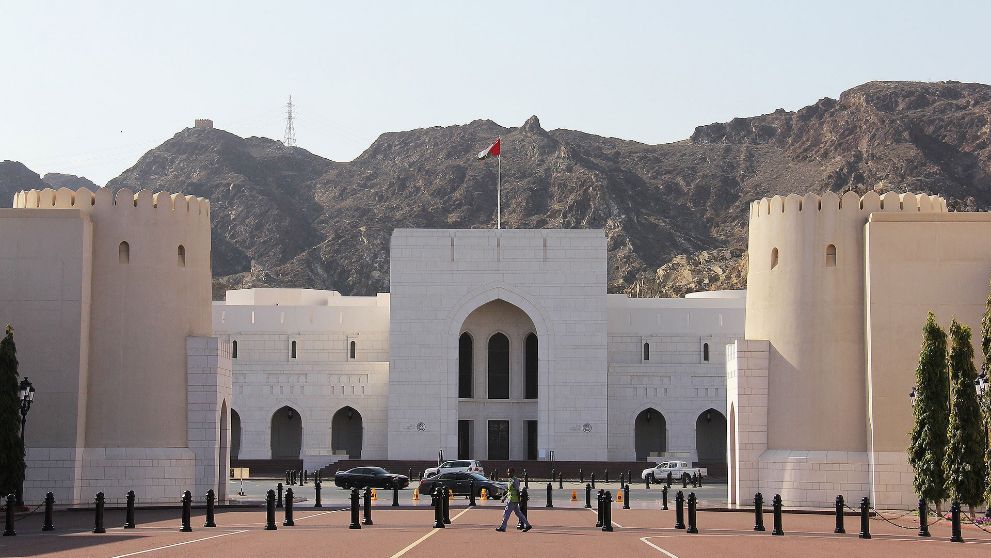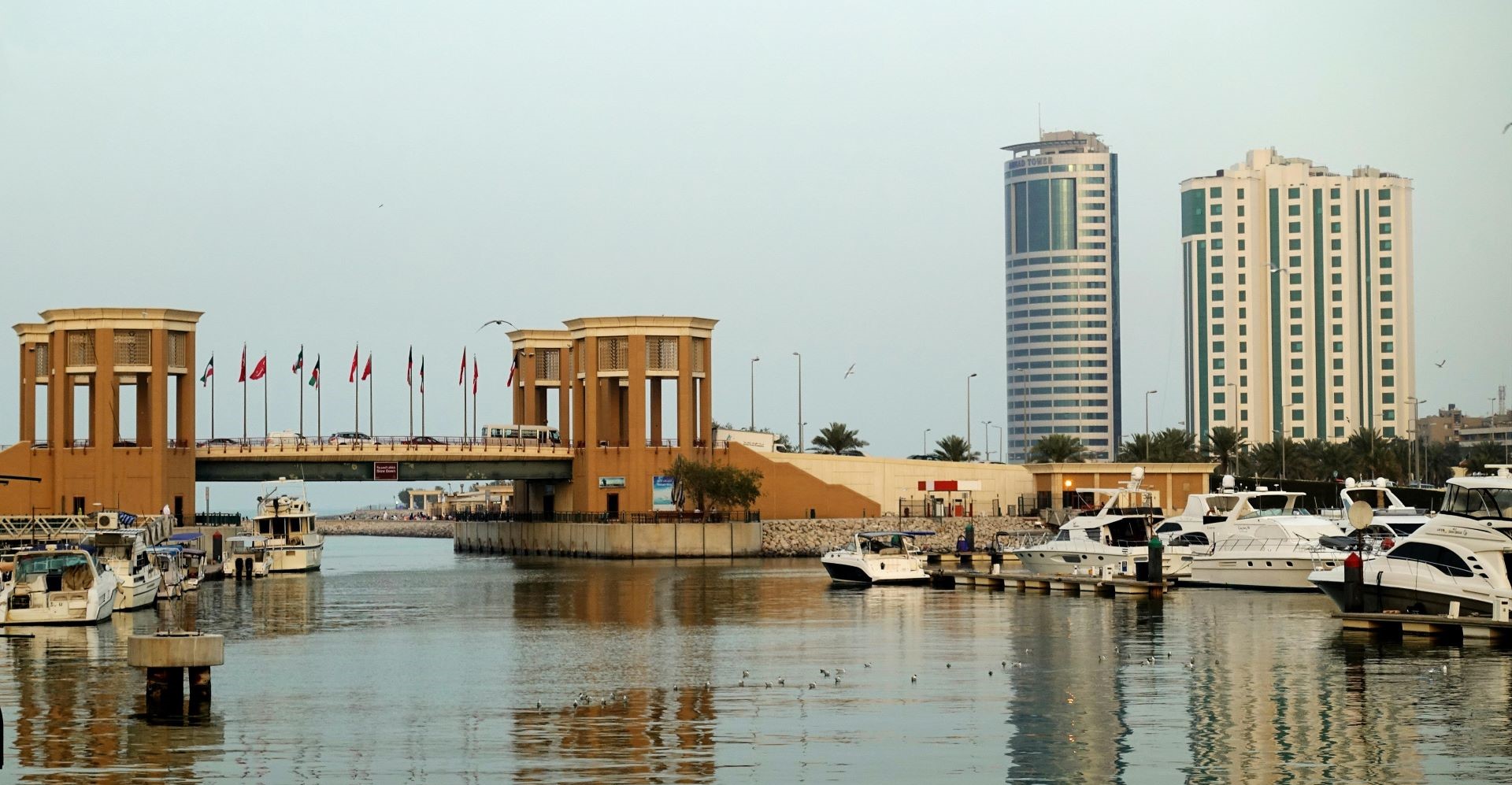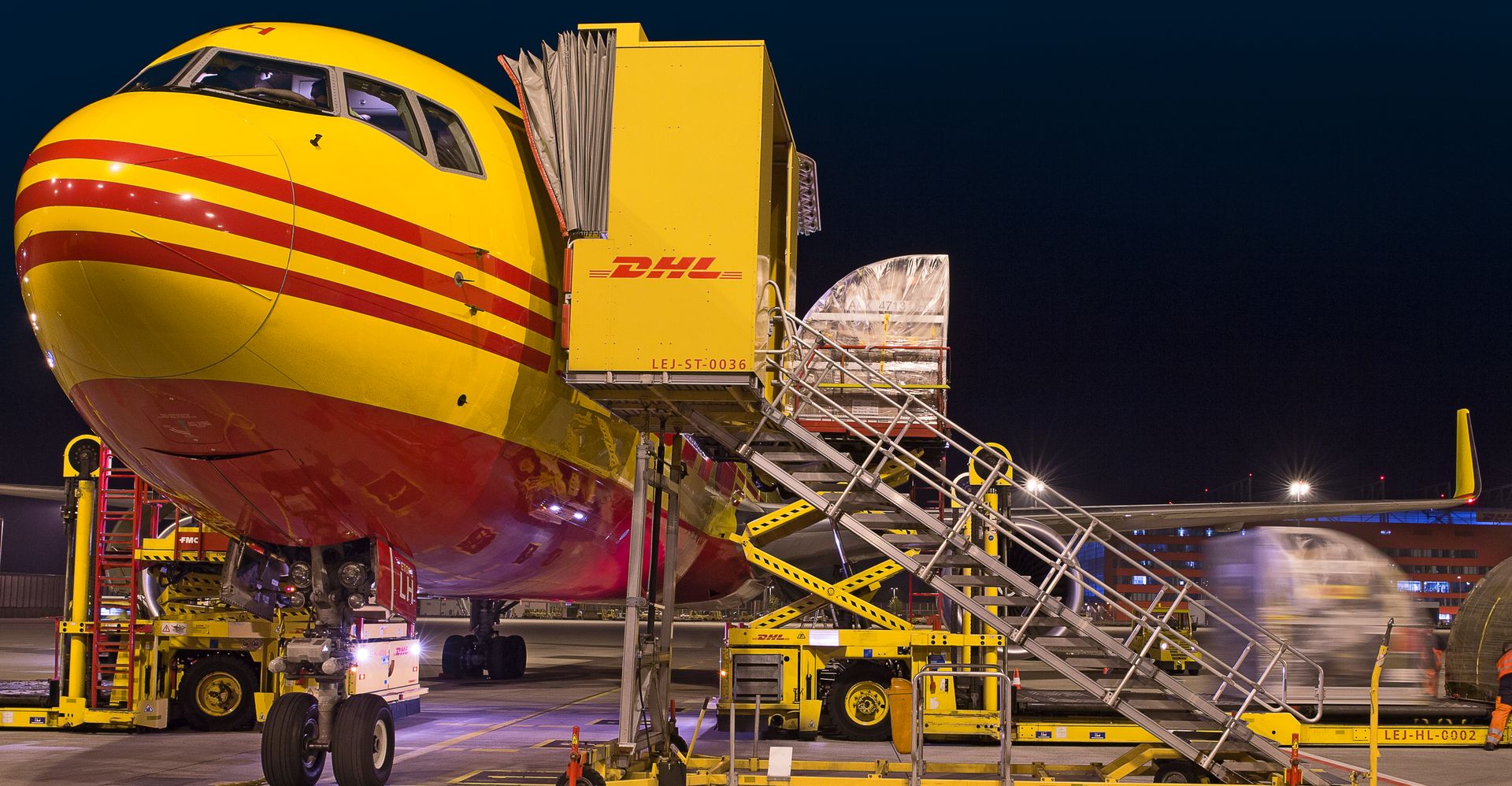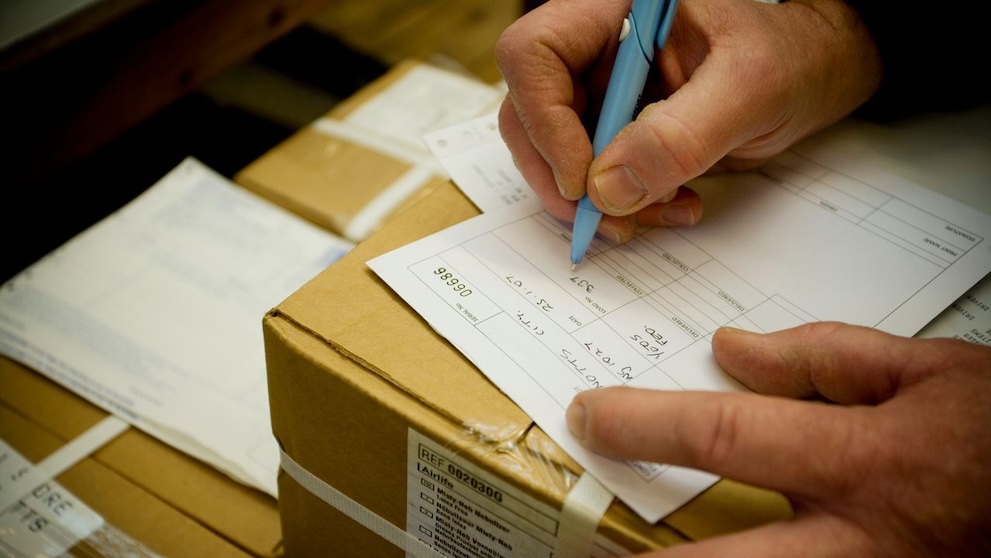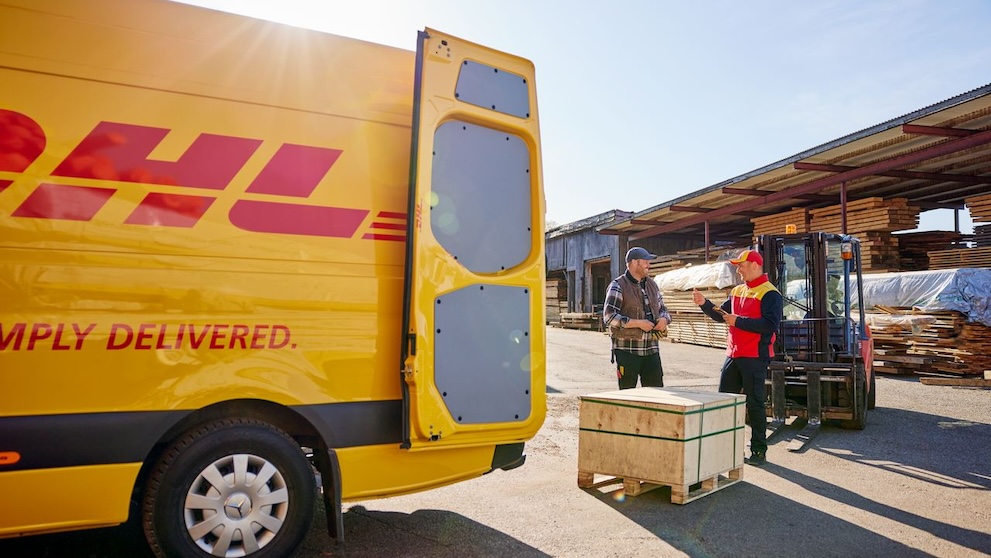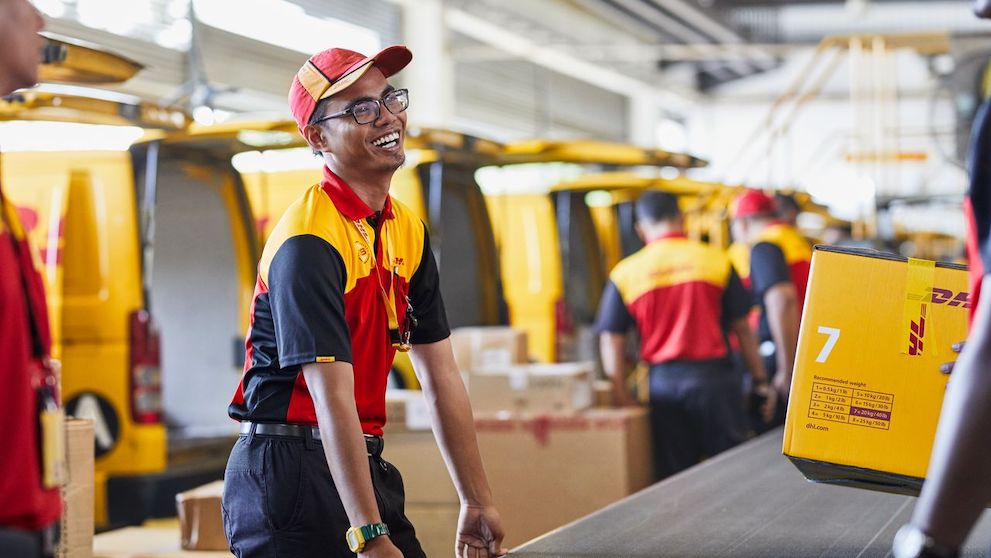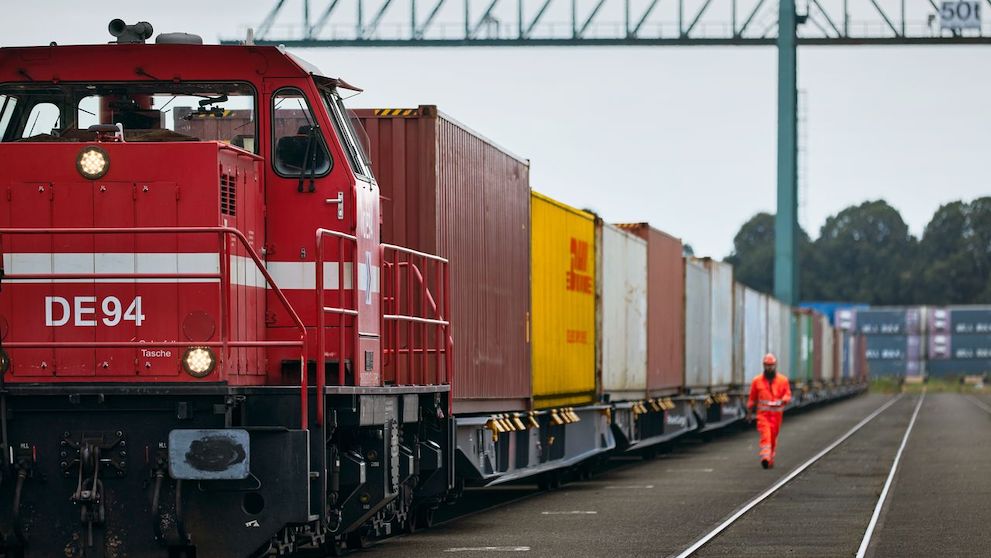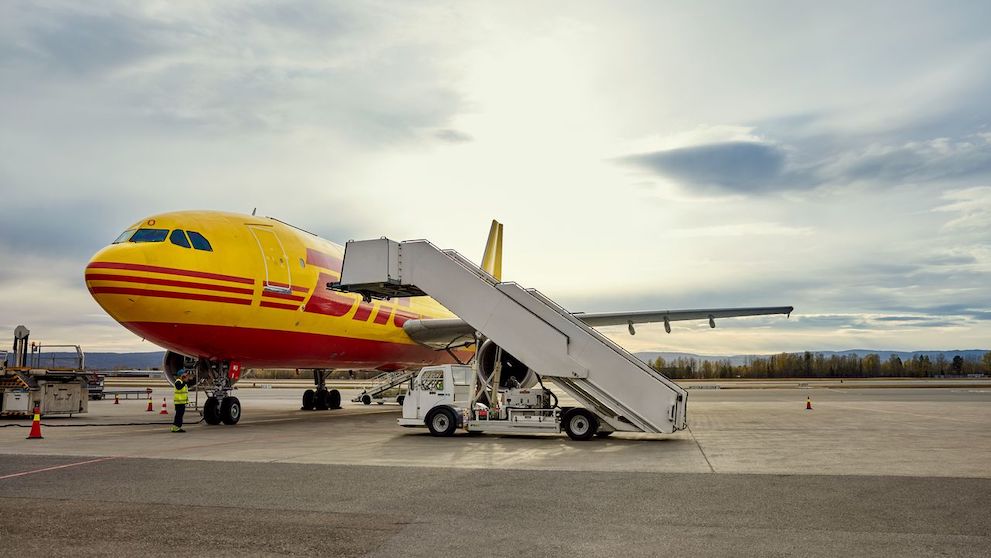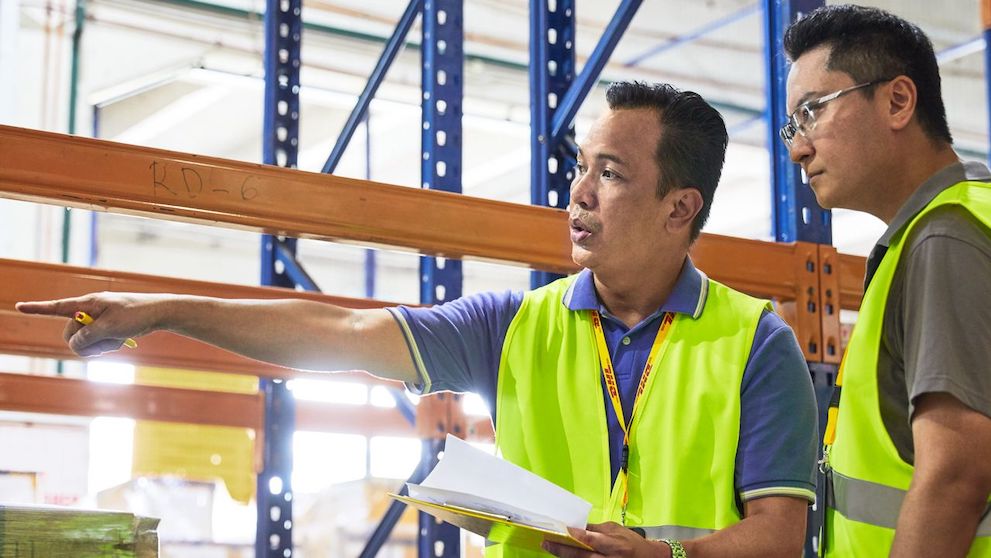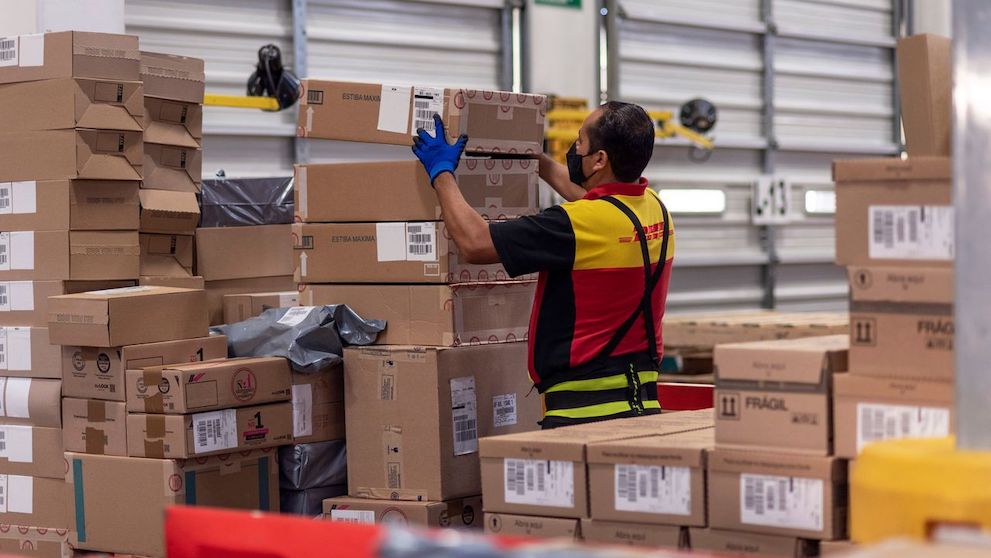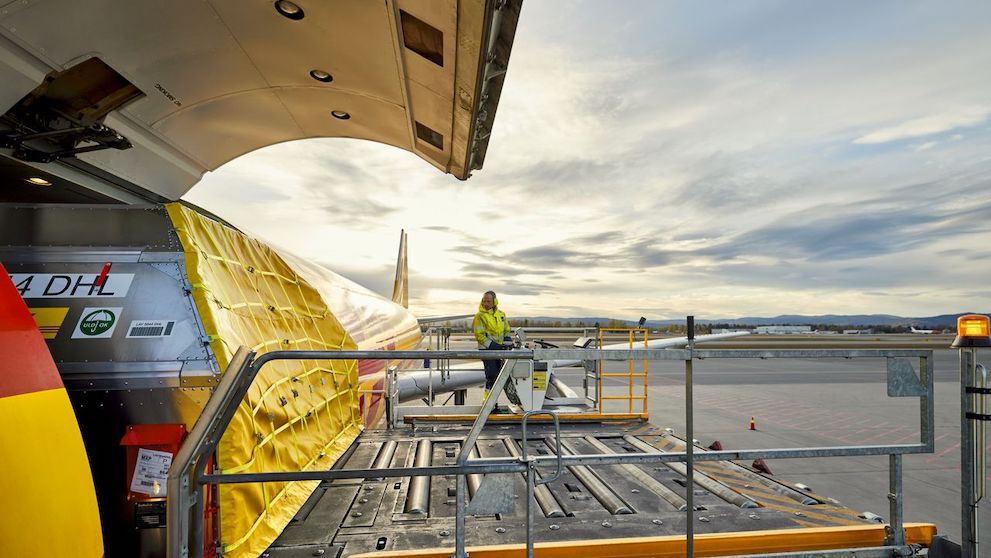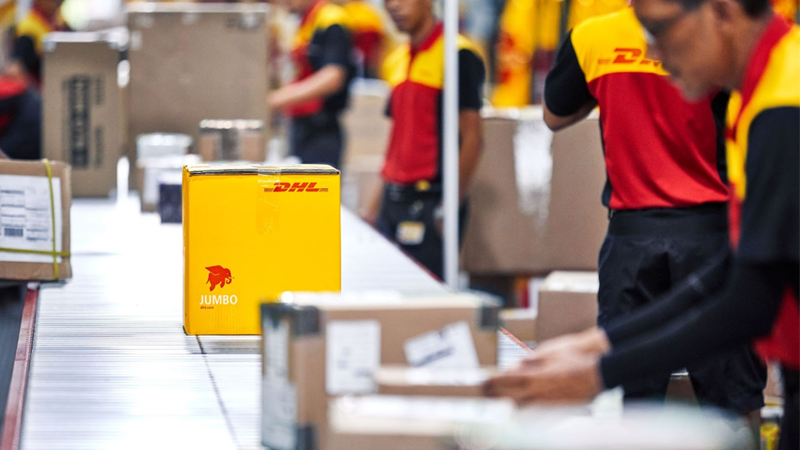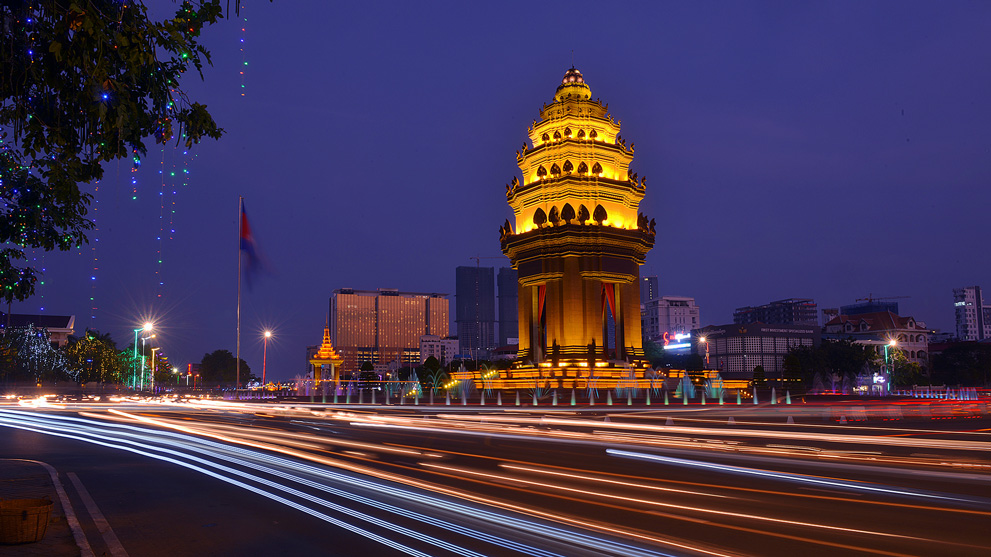In an era defined by fluctuating global trade dynamics and unforeseen disruptions, the significance of robust regional trade agreements cannot be overstated. Amidst this complex landscape, a beacon of multilateral cooperation has emerged from the Asia-Pacific. On April 21, 2025, the upgraded ASEAN-Australia-New Zealand Free Trade Area (AANZFTA) officially came into force, signalling a renewed commitment to open, inclusive, and rules-based commerce among thirteen diverse economies. According to Singapore’s Ministry of Trade and Industry (MTI), this enhanced agreement aims to fortify supply chain resilience, deepen preferential tariff treatment, and market access, and unlock greater opportunities in the burgeoning green economy.
Key Enhancements of the Upgraded AANZFTA
Strengthening Supply Chain Resilience
The past few years have starkly highlighted the vulnerabilities inherent in global supply chains, with events ranging from pandemics to geopolitical tensions causing significant disruptions. The upgraded AANZFTA strategically aims to bolster resilience among member countries. This is likely to involve measures promoting greater diversification of supply sources within the bloc, enhanced information sharing on potential risks, and the streamlining of customs procedures to facilitate smoother flow of essential goods during times of crisis. For instance, the agreement might include clauses that prioritise the movement of critical medical supplies or food products during emergencies or encourage the development of regional manufacturing hubs to reduce reliance on distant suppliers.
Preferential Tariff Treatment and Market Access
While the initial agreement achieved substantial tariff liberalisation, the upgrade is expected to deepen this preferential treatment. This could involve the elimination of tariffs on an even greater percentage of goods or the reduction of remaining tariffs on sensitive products. Furthermore, the upgraded AANZFTA likely includes provisions to improve market access for services, potentially covering a wider range of sectors such as financial services, telecommunications, and professional services. For example, Australian and New Zealand firms might gain easier access to ASEAN markets for consultancy services, while ASEAN businesses could find it simpler to offer digital services in Australia and New Zealand. This enhanced access can spur competition, drive innovation, and provide consumers with a wider array of choices.
Improving Access to Green Opportunities
Recognising the urgent need for sustainable development, the upgraded AANZFTA places a significant emphasis on facilitating access to green economic opportunities. This encompasses several key areas:
Trade in Environmental Goods and Services | The agreement is likely to reduce barriers to trade in goods and services that contribute to environmental protection, such as renewable energy technologies (solar panels, wind turbines), energy-efficient products, and waste management services. |
Collaboration on Green Technologies | The FTA could foster greater collaboration in research, development, and deployment of green technologies among member countries. This might involve joint projects, technology transfer initiatives, and the establishment of regional centres of excellence. |
Promotion of Sustainable Practices | The agreement may include provisions that encourage the adoption of sustainable agricultural practices, responsible forestry, and the conservation of biodiversity. This could involve setting standards for sustainable sourcing or promoting eco-labelling schemes. For example, the FTA might incentivise trade in sustainably harvested timber or agricultural products grown with reduced environmental impact. |
Significance and Potential Impact
Economic Benefits for Member Countries
With a combined GDP exceeding $5.6 trillion and a total goods trade of $138.4 billion in 2023 between ASEAN and Australia and New Zealand, the enhanced FTA is poised to fuel further economic growth. Reduced tariffs and improved market access will lower costs for businesses, making exports more competitive and imports more affordable for consumers. Easier market entry will encourage greater foreign direct investment, leading to job creation and technological advancements. Specific industries that could see significant benefits include agriculture and food processing (with easier access to diverse markets), manufacturing (through streamlined supply chains and reduced input costs), and services (with expanded opportunities in various sectors).
Geopolitical Implications
In a world increasingly characterised by trade tensions and protectionist sentiments, the upgraded AANZFTA sends a powerful signal of commitment to multilateralism and rules-based trade. This strengthens the economic ties between ASEAN, Australia, and New Zealand, fostering greater regional integration and stability. It also positions these countries as a significant economic bloc in the Asia-Pacific, potentially enhancing their collective bargaining power in global trade negotiations and influencing the direction of future trade agreements. The agreement serves as a "bright spot," as noted by Deputy Prime Minister Gan Kim Yong, demonstrating a unified stance towards open and inclusive trade amidst global uncertainties.
Impact on Supply Chains
The enhanced focus on supply chain resilience is crucial for long-term economic stability. By promoting diversification within the region and streamlining customs procedures, the upgraded AANZFTA can mitigate the risks associated with relying on geographically concentrated or vulnerable supply lines. This will benefit businesses by reducing the likelihood of disruptions and lowering inventory costs, ultimately leading to more stable prices and greater consumer confidence. The agreement could encourage the development of regional value chains, where different stages of production are located across member countries, fostering deeper economic interdependence.
Opportunities in the Green Economy
The emphasis on green opportunities within the FTA has the potential to accelerate the transition towards more sustainable economies. By facilitating trade in environmental goods and services and fostering collaboration on green technologies, the agreement can drive innovation, reduce carbon emissions, and create new economic opportunities in sectors like renewable energy, energy efficiency, and sustainable agriculture. This not only contributes to environmental goals but also positions the member countries at the forefront of the burgeoning global green economy.

Challenges and Considerations
Implementation and Enforcement
Ensuring consistent implementation and effective enforcement of the new provisions across 13 diverse countries with varying legal and regulatory frameworks will be a complex undertaking. This will require clear guidelines, strong cooperation among customs authorities and regulatory bodies, and robust dispute resolution mechanisms to address any disagreements that may arise.
Adapting to New Regulations
Businesses operating within the AANZFTA region will need to carefully understand and adapt to any new regulations, standards, or procedures introduced by the upgraded agreement. Governments and industry associations will play a crucial role in providing clear information, training, and support to facilitate this transition. With significant investments and infrastructure in place in all countries involved, DHL is well positioned to help businesses navigate the new trade environment.
Potential for Uneven Benefits
While the overall impact of the FTA is expected to be positive, there is a potential for the benefits to be unevenly distributed across different sectors and member countries. Some industries might face increased competition, while certain countries with less developed economies might require targeted support to fully capitalise on the opportunities presented by the agreement. Measures to promote inclusive growth, such as capacity building programs and technical assistance, will be essential to ensure that all members can benefit from the upgraded FTA.
The upgraded ASEAN-Australia-New Zealand Free Trade Area is here, and it's time to seize the opportunities it presents. Businesses across ASEAN, Australia, and New Zealand must now actively explore the enhanced market access, fortify their supply chains for greater resilience, and strategically position themselves to capitalise on the burgeoning green economy. Governments must prioritise seamless implementation and ensure equitable benefits for all stakeholders. This upgraded FTA isn't just an agreement; it's an invitation to actively shape a more prosperous and sustainable future for the Asia-Pacific. For more information, contact DHL here.
Find out how this agreement can benefit your business. Get up to 70% off when opening a business account with DHL
OPEN A BUSINESS ACCOUNT



